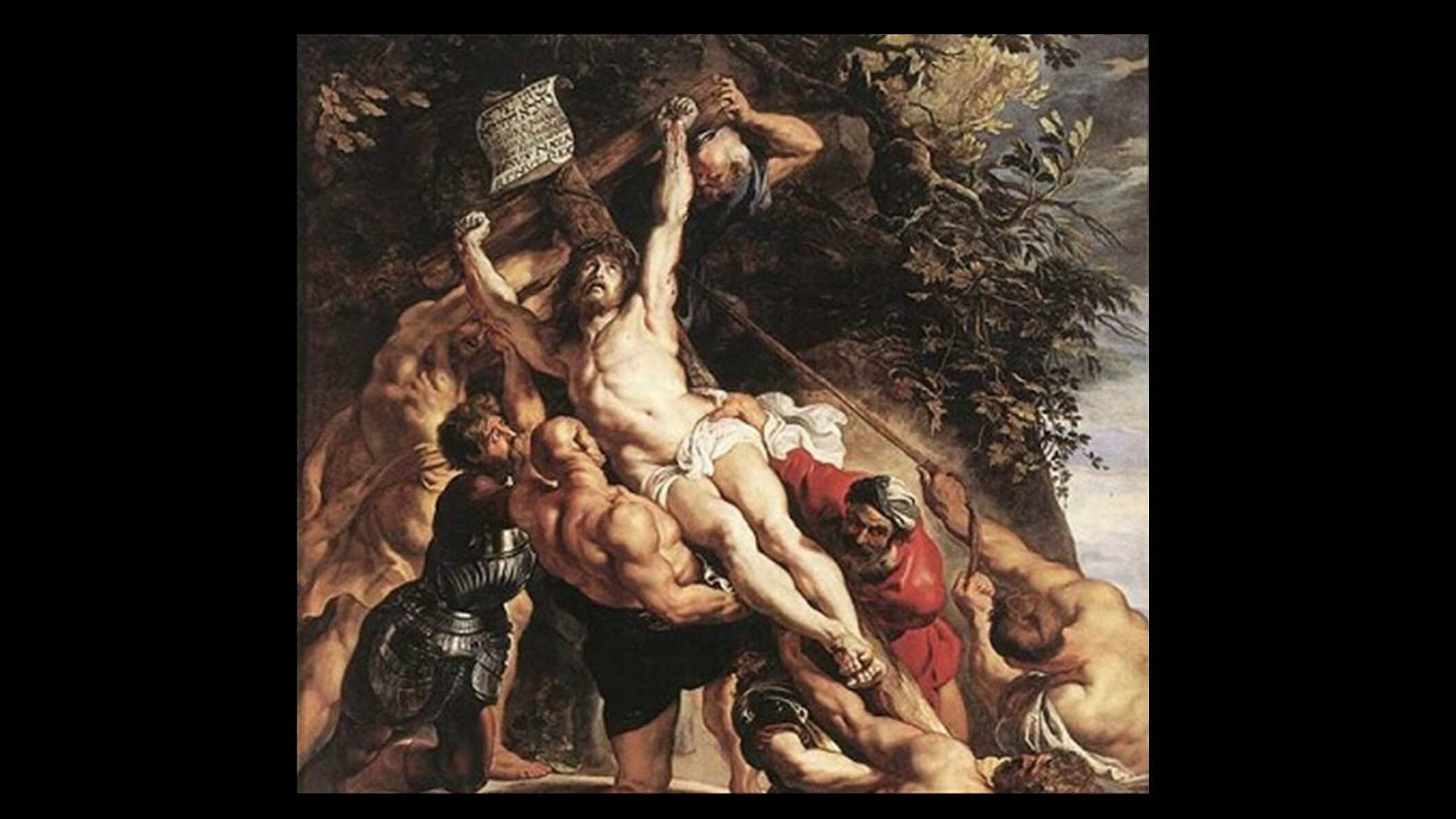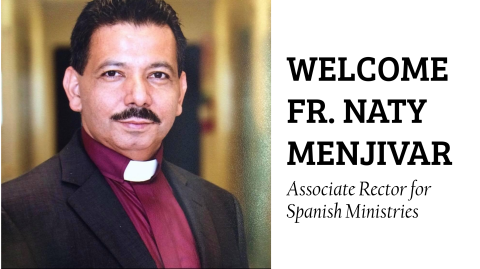TLDR: Join me in giving thanks to God for art and artists today.
A culture that undervalues the role of art in their life does this at the expense of their very soul.
Artists see the world differently than most of us. Where most of us see a beautiful sunset, they see contrasting colors, shadows and light, a hundred different shades of gold and green, rich textures and forms. Most of us are able to see the surface reality of things and pass judgement on what we see. Artists, on the other hand, are endowed with an extra sense of sensibility that allows them to discern the truth at the core of all things, beyond what can be seen, heard, smelled, or touched. Whether the medium is painting, singing, playing an instrument, or making multi-layered stained glass windows, the artist has the ability to go beyond the plain reality of the instrument or medium. They discover a hidden treasure of meaning most of us are unable to see. And because we are unable to see this reality, we need artists to show it to us. The artist’s job is to lead us into a journey of discovery and to show us the beauty hidden below the surface. Artists are interpreters of a reality that transcends a materialistic and utilitarian version of reality. They are uniquely able to tap into the image of the Creator that is hidden in all creatures.
Artists help us make connections, dream of new worlds, reframe our own lives, and imagine how things could be different or better. Artists create new universes of meaning every day, and in this sense, every artist shares in God’s creative power. I have met, befriended, and buried many artists over the last 15 years. They were painters, musicians, carpenters, singers, and stained glass artists. And, in their cascading, radiating, contrasting, dramatic, and exquisite works I have found the God who speaks to us in silence, in color, and in metaphors. I have found the God who uses the waters of the Red Sea, the waters of the Jordan River, and the waters of Baptism to bring his children from death to life, from a place of lostness to a place of discovery, and from a place of isolation to a community of beloved and adopted children.
This week I said goodbye to a man who was considered an expert in the field of antebellum antiques. I was honored to preach at his funeral, and as I visited with many of his friends who are remarkable painters, sculptors, poets, and musicians, I found myself thinking about all the artist friends I have lost over the years. One of these artists was our own Ed Lancaster. I have in my office a painting he did of Moses, and his painting of Eve in the Garden welcomes visitors to my upstairs living room at home. I cannot look at the painting in my office without thinking about Moses’ God. This is a God who is faithful and who can be trusted to deliver his children from whatever binds them. This is a God who is on the side of humanity and who hasn’t left us alone, lost in the wilderness, destined to carry our heavy crosses by ourselves. Moses’s God (who is also Ed’s God) walks alongside us, cares for us deeply, and will continue to be our sure defense, our rock, and our salvation until we are reunited with him beyond the metaphorical River Jordan.
Art is fundamentally important to our shared humanity. Without art the human spirit that allows us to dream and imagine better worlds would have no chance to grow. Christians are people who cherish stories. In fact, we gather week after week to hear the narratives of how a Holy God chose to interact with his creation. Art allows us to tell sacred stories with and without words, and these stories we create in turn create us. They make us more fully ourselves. I remember standing for hours at the Cathedral of our Lady in Antwerp, Belgium, in front of “The Elevation of the Cross” by Peter Paul Rubens. This incredible image of a young blood-soaked Jew, who is the ultimate sacrificial lamb of God for the sins of the world, moved me deeply when I was a young Seminarian at Louvain. This moving painting allowed me to discover more fully my faith in a Messiah who loved the world so much that he died a violent death for them. Through repeated visits to this beautiful church, I soon discovered that I had become part of the great narrative Rubens was narrating. I was the very beneficiary of the self-emptying of Christ on the cross. The violent death of the Messiah had a purpose, and that purpose was the salvation of people like me and like Rubens himself.
Artists give us a part of themselves in each of their creations. Their wilderness story and search for home are portrayed in every work, regardless of medium. Their thirst for immortality has been captured by every stroke of the brush, every cut in the wood, and every piece of stained glass. And those who appreciate their art often find solace in those works. I could feel God’s hand reaching out in love to me through Ruben’s work. And at time when I felt quite homesick and isolated, that painting made me feel connected to a universal story. It invited me to find my place within that story. And it beckoned me to tell and retell the story I was seeing, using my own words, in my own context, and with the people God would place in my life.
Join me in giving thanks to God for art and artists, and for those whose job it is to help us discover the truth God has placed at the very heart of his creation. I invite you to give art its proper due in our quest for truth, freedom, and peace. A culture that undervalues the role of art in their life does this at the expense of their very soul.
May God continue to bless you,
Fr. Roman





